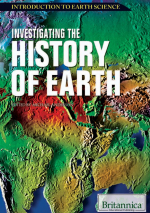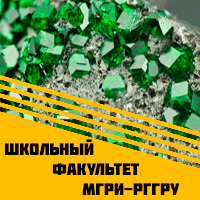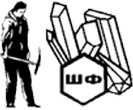Добрый день, Коллеги. Важное сообщение, просьба принять участие. Музей Ферсмана ищет помощь для реставрационных работ в помещении. Подробности по ссылке
Investigating the history of Earth / Исследуя историю Земли
Every day we walk across its surface, admiring its variety of plants, animals, and landscapes. Earth has taken billions of years to evolve into the planet we now inhabit. This volume examines this long history, from Earth’s origins in a cloud of gas and dust to its place as a planet teeming with life. It addresses questions that scientists have long debated:how, why, and when did Earth form and develop into this complex and intriguing planet? Scientists believe that Earth, as well as the rest of the solar system, began to form about 4.6 billion years ago from a gas and dust cloud called a nebula. Under the force of gravity, the nebula’s particles came together to form objects that grew larger and larger, eventually forming the planets. At first Earth’s surface was unstable, covered with seas of molten rock. As the surface cooled, the crust—Earth’s solid outer layer—began to form. No one knows when the first crust formed: though scientists have generally dated the oldest rocks to about 4 billion years ago, discoveries of some older minerals have led some to believe that stable crust existed hundreds of millions of years earlier. <...>




